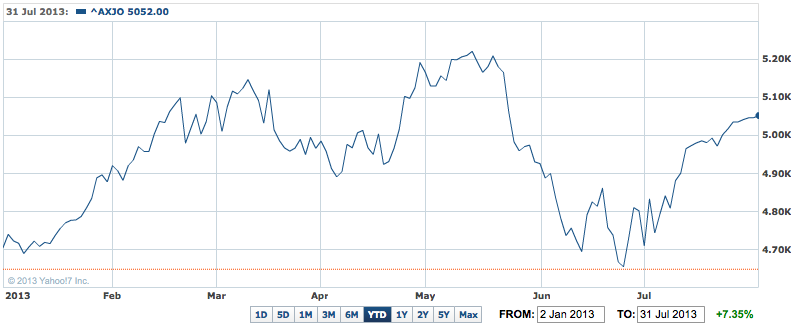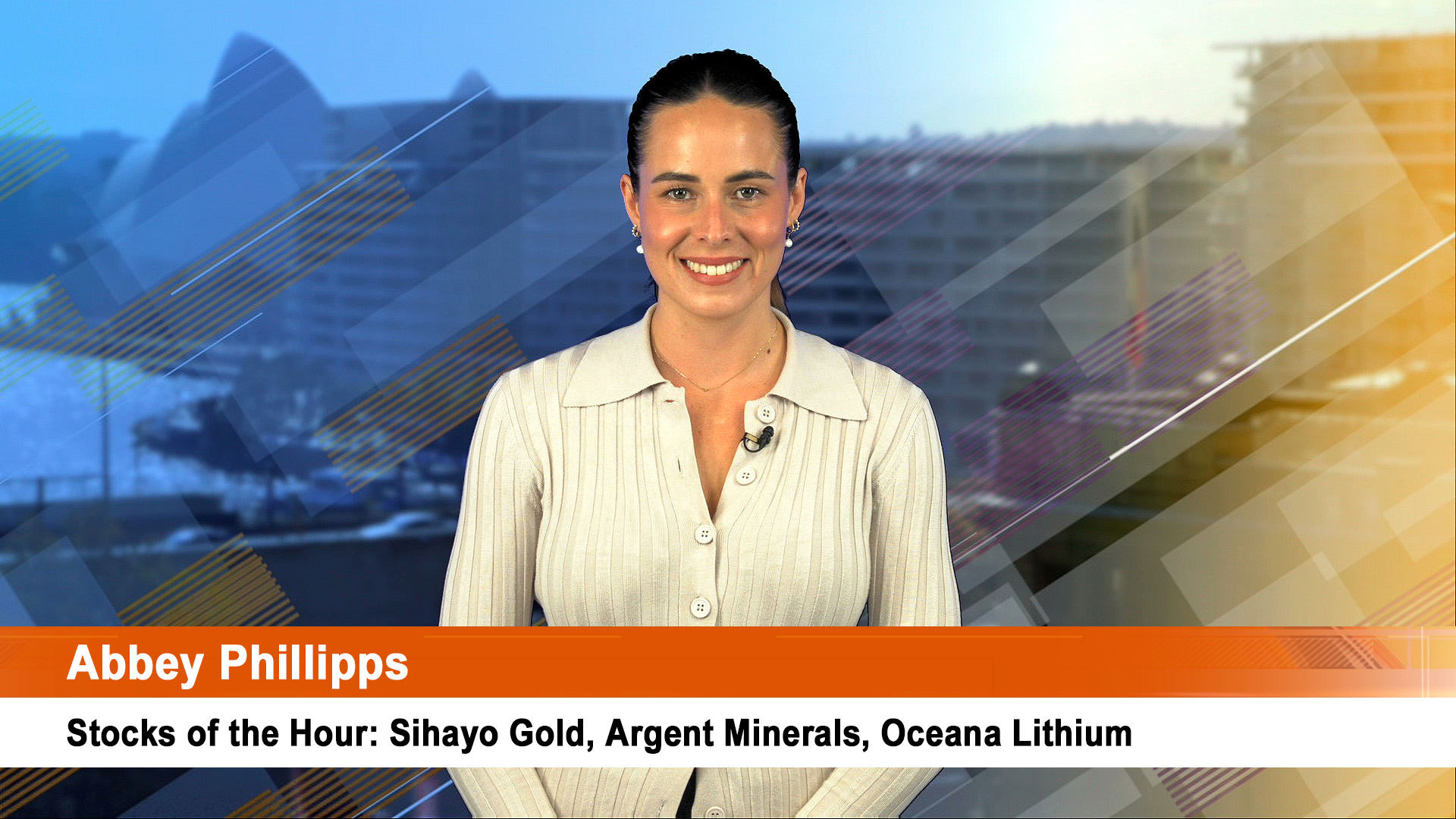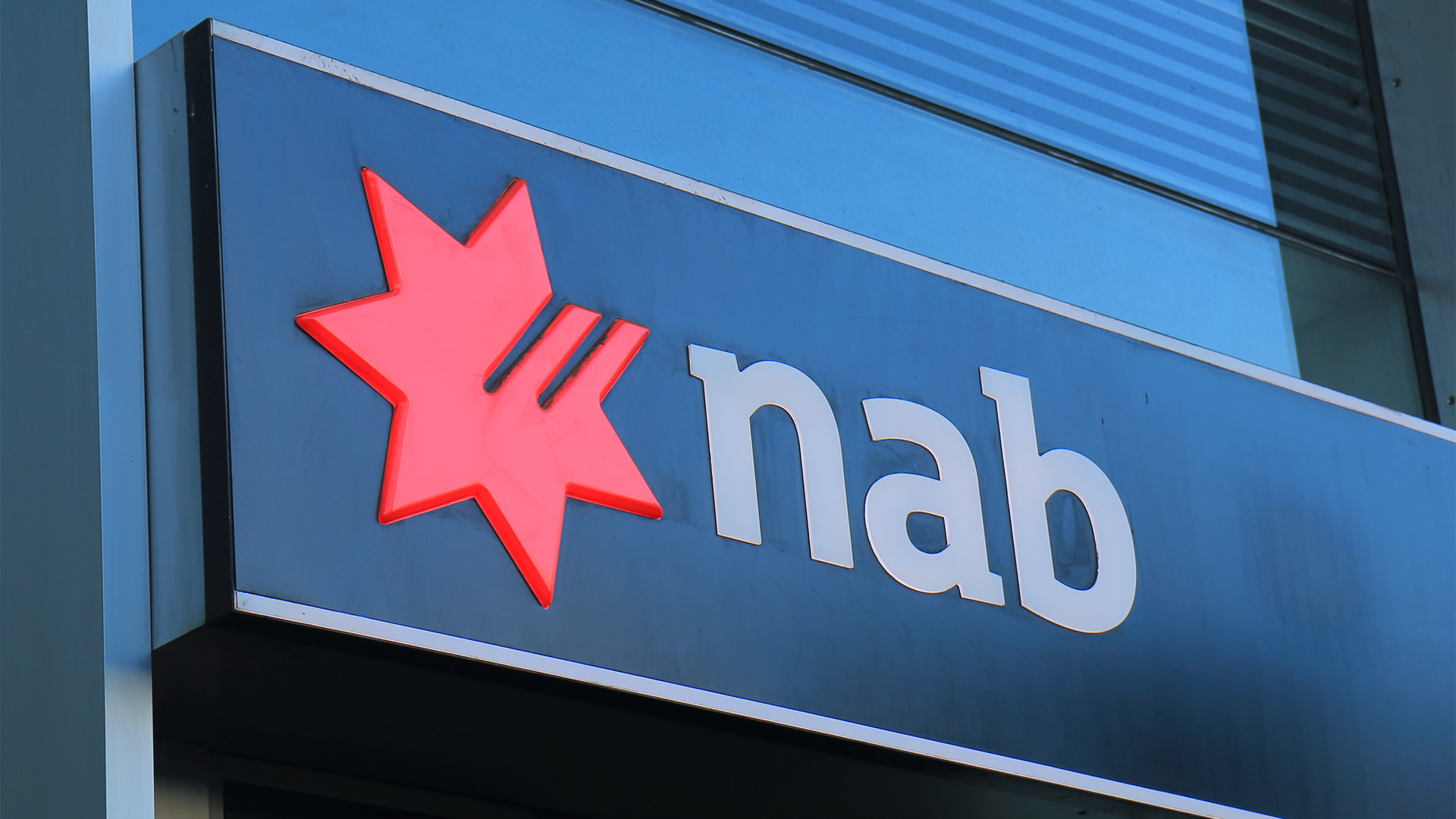A messy first day of a new month yesterday with a weakening dollar, a strong start to trading that was, firstly boosted by a surprisingly good reading on Chinese manufacturing, that was then offset by a second, weaker reading, and then the talk of a bank deposit levy emerged to further confuse things.
As a result, a 40 point gain for the market turned into a loss mid afternoon, but it did close higher – up 9.5 points or 0.2% for the ASX 200 at 5061.5, while the All Ords added 11.4 points, or 0.2% to 5047.1.
Among the sectors materials jumped 1.2% as investors believed the better of the two Chinese surveys, while energy and industrials both rose by 1.1% – boosted in the latter’s case by the proposed split by Amcor.
But the market was restrained by the financial sector, which lost 0.8% on those bad reports of a bank deposit tax, which were only clarified late in the session.
The levy was first reported on The Australian Financial Review’s website, which mistakenly said it would be between half a per cent and 1%, on amounts up to $100,000 dollars which, if true, would have been a real hit. The paper claimed that the levy would raise "over time" as much as the $5.3 billion the new tobacco tax is planned to raise over the next five years.
That caused bank shares to purge by 2% and more at one stage: the Commonwealth Bank was down 2.5%, Westpac 2.1%, NAB down 2.3% and the ANZ around 2%.
Close to $5 billion in value was wiped from the banks at one stage by some estimates.
After hurried scrambling and lots of comments in online media, it now seems the government will today in its financial statement reveal a bank bailout deposit tax of between 0.05% and 0.1% (10 times less than the initial report) which will raise less than $1 billion over the next four years.
The big four banks ended with smaller losses: the CBA closed off 1.09%, Westpac was all but steady, the ANZ was down 1.2% and the NAB lost 1.6%.
ASX200 YTD – Bank shares hit by tax talk

Meanwhile the Australian dollar fell under 90 USc, as it threatened to do in the past two days, and dipped to as low of 89.20 at one stage before closing in Sydney around 89.60.
In China, the two surveys of manufacturing (the official one from the government and the final HSBC/Markit one) produced very different outcomes, probably because they look at different types of companies, according to analysts.
China’s official Purchasing Managers’ Index (PMI), showed a surprise gain for July, rising to 50.3 from 50.1 the previous month. Any reading above 50 indicates expansion and the result was better than market forecasts for a fall to 49.8.
That came out late morning. Less than an hour later, the China manufacturing PMI published by HSBC and Markit said activity was still contracting, with the index sinking to an 11-month low of 47.7, down from June’s final reading of 48.2. It confirmed the fall in the so-called flash report 10 days ago.
It was the third straight month the HSBC gauge registered contraction, and also the third month the two PMIs have differed on whether factory activity was rising.
Analysts said that was because HSBC’s PMI covers a smaller number of firms and focuses on fewer manufacturers, while the official PMI survey includes a larger sample of big state-run firms.
Some economists also pay more heed to the HSBC edition, seeing official Chinese data as more vulnerable to manipulation.
“Anecdotal evidence indicated deteriorating market conditions, both domestically and internationally, had led to reduced client demand. Exporters reported that new sales to Europe, South East Asia and the United States were all lower compared to June levels,” HSBC said.
The bank’s chief China economist Hongbin Qu said, “the cooling manufacturing sector continued to weigh on employment”. He noted that weak recent economic data had prompted some small, targeted stimulus from the government. “These targeted measures should boost confidence and reduce downside risks to growth,” he said in a statement with the release of the HSBC data.
And finally what a difference a month makes. August may have started on something of a confusing note, but July was much better than it looked it would be at the end of June.
In fact the local market ended July on a two month high.
Despite those almost daily stories about China’s slowing economy, and the damage it will wreak on our economy, to the impact of the sluggish domestic economy and whether we will be able to avoid a slump, the ASX 200 rose 5.2% in July and the All Ords was up a similar amount.
The ASX 200 came back strongly from losses of 2.5% in June and 5.1% in May.
The All Ords came back from losses of 2.8% in June and 4.9% in May. In both cases it was a strong repudiation to all the fear mongering and negativity, much of it spread by hedge funds and other speculators who are short the Australian market and dollar.
For the month of July, the Dow rose 4%, the S&P 500 climbed 5% and the Nasdaq added 6.6%.
Gold prices scored a monthly climb of 7.3%, with the gains coming largely from a short-covering rally earlier this month. Gold prices are still down about 22% year to date.
Silver rose by around 0.8% higher for the month. Copper was up about 1.9% for July.
Platinum rose by around 6.7% from June and palladium futures were up nearly 10%.
Oil futures prices at $US105.03 on July 30 were 8.8% above the month-ago close of $US96.56. Oil had its second straight monthly climb and its biggest monthly percentage increase in a year.













